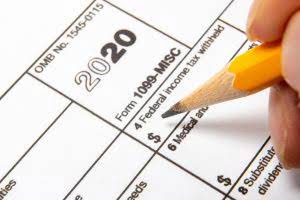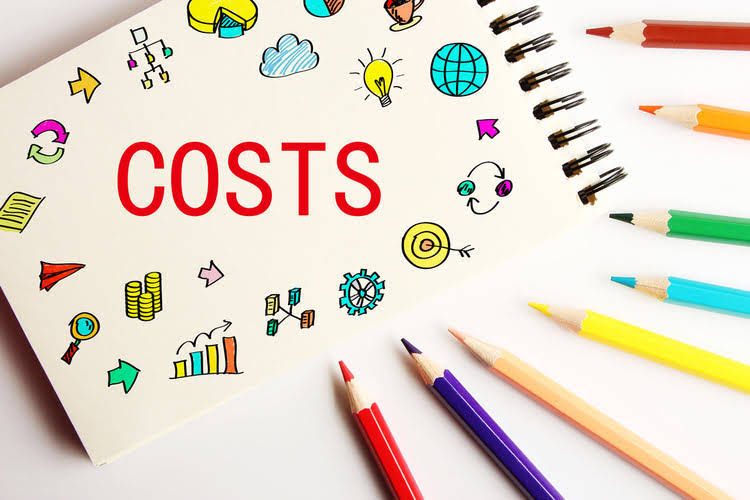
For example, if you spend $2,000 on a new irrigation system, this would be a capital improvement that you need to capitalize and depreciate over time. The example shows the electricity expense account which is on page 21 of the ledger. The name of the account ‘Electricity Expense’ and its https://www.bookstime.com/articles/capital-budgeting account code 640 are also shown in the heading. After you have created accounts, you can also use the Copy Accounts window to create new accounts based on existing accounts.

Chart of accounts structure

For example, if you install new plants, unearned revenue hardscaping, or an irrigation system, these expenses may be capitalized. The accounts payable account is used to record all the money that the business owes to its suppliers. This account is important for businesses that purchase goods and services on credit. For example, an accounts receivable control account is used to summarize the transactions recorded in the accounts receivable subsidiary ledger.
- Equity accounts represent the residual interest in the assets of a company after deducting liabilities.
- The balance sheet shows the financial position of a company at a specific point in time, while the income statement shows the financial performance of a company over a period of time.
- In this section, we’ll explore some special considerations for commercial properties, including enhancing curb appeal and property value, and environmental and efficiency factors.
- You may also include a space for a short description of each transaction, for better clarity on your cash flow.
- Each transaction in the general ledger account is recorded in two accounts, known as ledger accounts.
Accounting ledger FAQ
However, a profit and loss (P&L) statement overviews revenues and expenses. Consider creating separate line items in your chart of accounts for different types of income. Instead of lumping all your income into one account, assess your various profitable activities and sort them by income type. Managing and categorizing expenses like landscaping doesn’t have to be a hassle. Ramp’s financial management platform automates expense tracking, helping you categorize costs accurately and efficiently.
- This guide equips you with the insights and tips needed to fully leverage the general ledger, enhancing your accounting practices and financial oversight.
- Double Entry Bookkeeping is here to provide you with free online information to help you learn and understand bookkeeping and introductory accounting.
- Using a general ledger template provides insight into your business’s financial health by helping you track debit and credit transactions and compare assets and liabilities.
- Debits are recorded on the left side of the journal entry, while credits are recorded on the right side.
- We’ve compiled the most comprehensive collection of free general ledger templates for accountants, CEOs, accounts payable and receivable teams, and other bookkeeping personnel.
- Using a GL will keep you up-to-date on your cash flow, debts, and spending, so you can watch for trends and make adjustments to your business operations to maximize profits over time.
What’s the difference between a journal entry and a general ledger?
- Each example of the T-account states the topic, the relevant reasons, and additional comments as needed.
- Accounting ledgers can be displayed in many different ways, but the concept is still the same.
- Your chart of accounts helps you understand the past and look toward the future.
- Ledger management is an essential part of bookkeeping and accounting in any business.
- With online accounting software, you can organize and track your balance sheet accounts.
- Business leaders depend on these financial reports to make informed decisions, evaluate performance, and plan for future growth.
Ledger management also involves ensuring that all transactions are properly categorized and recorded. This can be done through the use of chart of accounts, which is a list of all accounts used by a business to classify financial transactions. The chart of accounts can be customized to fit the specific needs of a business. It is important to note that every journal entry must have at least one debit and one credit, and the total amount of the debits must always equal the total amount of the credits. This is known as the double-entry accounting system and ensures that the accounting records are accurate and balanced. Another difference to be aware of is that journal transactions are recorded in chronological order, while ledger transactions are organised by account type.


Wondering how to categorize landscaping expenses in your business accounting? Properly classifying these costs helps keep your financial records accurate and ensures you’re compliant with tax regulations. It also helps you make informed decisions about your business’s budget and spending priorities. Prepare what information would you need to create a new general ledger account for landscaping expenses? a trial balance to summarize all credits and debits from the General Ledger. The trial balance should reflect that the total of the credit column equals the total of the debit column.
- The cash flow statement is a financial statement that shows the inflows and outflows of cash for a business over a specific period of time.
- It also helps you make informed decisions about your business’s budget and spending priorities.
- He has worked as an accountant and consultant for more than 25 years and has built financial models for all types of industries.
- The General Ledger is a book of accounts that records all financial transactions of a company.
Leave a Reply